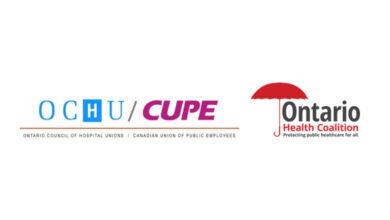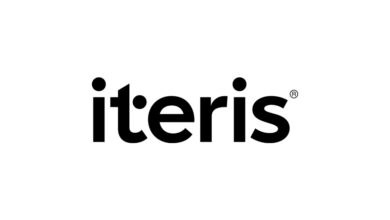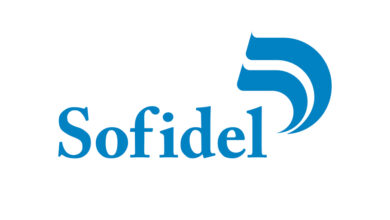Microbiological Rapid Method Sterility Testing (RMT) of Short Dated and Other Products Webinar – ResearchAndMarkets.com

DUBLIN–(BUSINESS WIRE)–The “Microbiological Rapid Method Sterility Testing (RMT) of Short Dated and Other Products” webinar has been added to ResearchAndMarkets.com’s offering.
USP <71> Sterility Tests represents the “Gold Standard” for sterility testing. Together with both the European Pharmacopeia (EP 2.6.1 Sterility) and the Japanese Pharmacopeia (JP 4.06 Sterility Test), they represent a 90+% harmonized test method that is utilized to determine the sterility of a product. USP<71> may be used within a filtration or a direct inoculation method.
Both methods, however, require a minimal 14-day incubation time and use two different media, i.e., Trypticase Soy Broth (TSB, aerobes) and Fluid Thioglycolate Broth (FTM, anaerobes). Depending upon the results and the test method utilized, the incubation may extend to more than 14-days.
Rapid Microbial Tests (RMT) have been long recognized as a potential alternative to USP<71>. CBER has included the potential for RMT as an alternative to a 14-day sterility test even since 21 CFR 610.12 was revised in 2012. However, its use has been limited. Various short shelf-life products to include positron emission tomographic (PET) products, cell, and gene therapies, and compounded sterile preparations (CSPs) prepared for immediate use now require various risk-based rapid microbial approaches. Some products because of their immediate need require real time microbial analyses, whereas other assays would require no more than results within a 48-hour window.
The rapid microbial tests (RMT) should be designed so the interested participants can select the preferred technology for their intended use and balance user requirement specifications (URS) including time to result, specificity, limit of detection (LOD), sample size, and product attributes. When a microbial test is conducted, patient safety is best served through the completion of a test that detects microbial contamination prior to product release.
Rapid microbial tests (RMT) should be risk-based (see ICH Q9, Quality Risk Management) so the stakeholder can select the preferred technology for their intended use and balance user requirement specifications (URS) including time to result, specificity, limit of detection (LOD), sample size, and product attributes.
For example, many radiopharmaceuticals, due to the short half-life of radiotracers, would benefit most from a real-time microbial test, while CSPs and cell therapy products, due to their short beyond-use dating, would benefit from an overnight test or at least one that is completed within 48 hr.
This webinar discusses the needs of those who manufacture/prepare and test products with a short shelf life and their URS and includes a brief discussion of some suitable methods for risk-based rapid microbial testing for the release of short shelf-life sterile products, e.g., “short-life products”. The webinar will also review elements of USP <1223>, EP 2.6.27, EP 5.1.6, and PDA Test Report #33.
The objective of this live, interactive training Executive Conference Corp webinar is to obtain an enhanced understanding of the new USP General Information Chapter USP <1071> Rapid Sterility Testing of Short Life Products A Risk Based Approach, its inherent method, limitations, sampling quantities, and volumes to assure that the test is being applied as appropriate per United States Pharmacopeia and how to interpret the final result, regardless of whether it represents a pass or a failure.
It relies upon USP<71> Sterility Tests to provide background as well as USP<1223> Validation of Alternative Microbiological Methods, Technical Report #33 Evaluation, Validation and Implementation of Alternative Rapid Microbiological Methods and European Pharmacopoeia Chapter 2.6.27 Microbiological Examination of Cell-Based Preparations to guide one through the qualification/validation of a new test method.
Webinar Takeaway
- Review of the appropriate media to use for sterility testing.
- Methods of sterility testing.
- Determination of the quantity of each article for testing and why
- Review of sample size considerations
- Issues with sterility testing
- New methodologies for RMT
- Considerations regarding the appropriate technique for testing
- Review of microbiological validation using USP <1223>, EP 2.6.27, EP 5.1.6 and PDA TR #33
Who Should Attend:
The following individuals or disciplines will benefit from attending this Webinar:
- Quality Assurance
- Quality Control
- Research & Development
- Regulatory Affairs Professionals
- Manufacturing
- Validation
- Metrology
- Auditors
For more information about this webinar visit https://www.researchandmarkets.com/r/a8vn0o
Contacts
ResearchAndMarkets.com
Laura Wood, Senior Press Manager
[email protected]
For E.S.T Office Hours Call 1-917-300-0470
For U.S./CAN Toll Free Call 1-800-526-8630
For GMT Office Hours Call +353-1-416-8900




